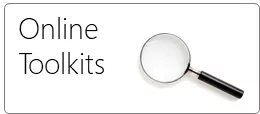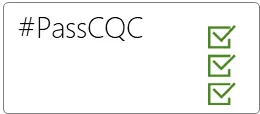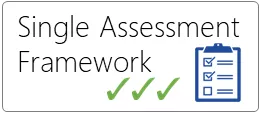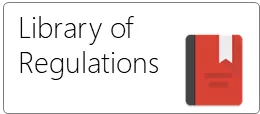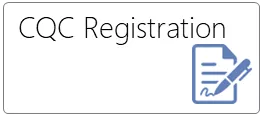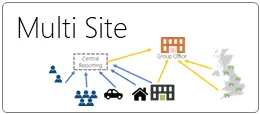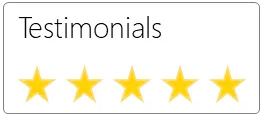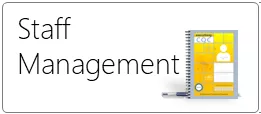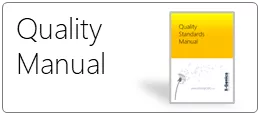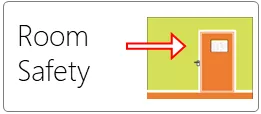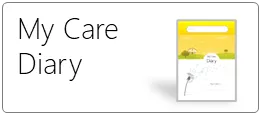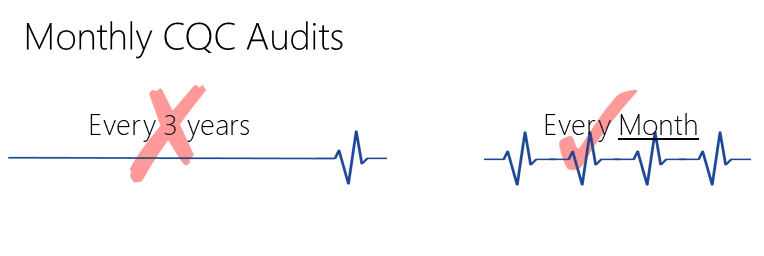
3-5 Year Inspection interval scrapped
What used to be
CQC Inspections were set for "maximum intervals" of 3 to 5 years, so that Good and Outstanding performers could even expect visits every 5 years if performance levels were good.
- The aim was to lower the burden of regulations, this has now been scrapped
- The CQC says "We will no longer set a maximum interval, based on previous ratings, between inspections"
What is new
The pandemic provided an opportunity to experiment with online reviews and an "Annual Regulatory Review" was introduced for GP Practices, followed by the "Emergency Support Framework" for all Providers. Both are essentially similar, comprising an online interview focusing on cut-down sections of the KLOEs.
This has now evolved into a "Monthly Review". This is continuous compliance monitoring so instead of worrying about being inspected every 5 years, you will be reporting to the CQC every single month, followed by inspections if your standards fall below par.
Monitoring approach for every Provider
- Focus on SAFE and WELL-LED
- Structured interviews with a focus on safety and leadership
- Use a cut-down version of key lines of enquiry (KLOEs) as their templates
- Use internet information, local authorities and agencies to gather information
- Use direct complaints and reporting from stakeholders
Providers will be targeted if concerns are raised
The beginning of Continuous Compliance phase
- CQC is changing to a "monthly monitoring approach" and still developing this as they go along
- This approach will be a monthly review of the information they hold, together with any other intelligence and reports sent to them
- Primary care dental services and NHS trusts are left till last.
- Main objective is to focus and prioritise targets
What this means is that Providers will be reporting to an Inspector 12 times a year instead of the usual expectation of an inspection once every 3 to 5 years
For Lower Risk Services
For lower risk services, a public statement will be published on your CQC web site profile stating that:-
- You are rated as either good or outstanding
- You are meeting all the regulations
- You are not be subject to any regulatory activity (investigations or enquiries)
- There is no evidence that your rating or quality needs to be re-assessed at the moment
- A random sample will be inspected anyway
- You will get an email notification every time the public statement is published and refreshed.
For Higher Risk Services
For higher risk services, there will be additional checks, including gathering people's experiences of care and contacting the provider.
For very high risk services, they will trigger an inspection.
What information will be reviewed
- Your current rating
- Any ongoing or planned enquiries, investigations or inspections by the CQC
- Any active Statutory Notifications (safeguarding, whistleblowing, incident reports)
- Whether you have a registered manager
- Feedback from Service Users, their family and friends
- Any national data sources where available
- Any other contextual information (Internet, or local sources or stakeholders)
For General Practice (GPs) national data sources mean clinical performance indicators, which are used and publish as "evidence tables" in inspection reports.
People's experience of care
Service User feedback that will be reviewed will include:-
- Responses to CQC's online feedback
- Enquiries to CQC
- Other feedback from agencies such as Healthwatch or local authorities
If the CQC don't have latest information, they will ask for anything you have collected from Service Users or Patient or User Groups and ask their Experts by Experience appointees to contact people or local groups.
It's not an inspection but it may trigger one
Inspectors may call to gather more evidence about the quality of care in your service.
This is not an official inspection and does not affect your rating but may trigger an inspection.
Expected duration of call is one or two hours, some may be shorter.
The preferred contact method is Microsoft Teams, else just a telephone call. You do not need Microsoft software to join an online meeting.
What the call will cover
- Evidence of assurance of the quality of your service.
- Focus on the specific key lines of enquiry for your type of service to gather this evidence.
- CQC has published a list of these specific KLOEs for each type of service.
Details that will be noted down by Inspector:-
- The discussion you have around the questions raised
- Specific risks identified
- Examples of good practice and improvements to the service
Audio recording will only be made in exceptional cases, and if so, you will be asked for consent at the start. CQC do not expect you to record the call.
The inspector will prepare an overall monitoring summary of their findings.
Requests for evidence
You will be asked for evidence about specific issues.
Where necessary they can ask you to 'share your screen' during a call or to send an email attachment. Emails must be password protected and can be sent within 24 hours after the call.
After the Interview
Further regulatory action may be triggered if there appears to a risk to the safety of Service Users.
If you are rated as Good or Outstanding, the Public Statement published in the next monthly information review.
For all poor ratings, is the inspector is assured by the monitoring activity, the record will be kept of file for three months and further calls are stooped unless new information indicates serious risk.
Regulatory action could be:-
- Help to find additional sources of support for your service
- Inspection
- Enforcement processes
The Monitoring summary record
For adult social care and primary care services, a copy of the monitoring summary record will be sent to you if there is no further inspection or regulatory action.
This record is not an inspection report, and there is no rating as a result. This means that there is no right to reply and correct factual inaccuracy.
The summary records is not published on CQC's website.
What are the monitoring Questions
These are cut-down KLOEs, but different for every Provider depending on their sector
Links to Monitoring Questions for your sector:
Monitoring questions for:
- Acute healthcare services
- Adult social care
- Ambulance services (NHS and independent)
- Children's homes
- Community health services (NHS and independent)
- Designated settings
- GPs
- Health and care providers in the criminal justice system
- Hospices
- Hospital-led COVID-19 vaccination services
- Independent acute healthcare services
- Independent doctors and clinics (including online services)
- Independent healthcare single speciality dialysis service
- Independent services for people with a learning disability and/or autism
- Mental health services (NHS and independent)
- NHS trusts
- NHS trust level urgent and emergency care
- Primary care dental services
- Residential and community substance misuse services
- Urgent care services, including NHS 111 and GP out-of-hours services

